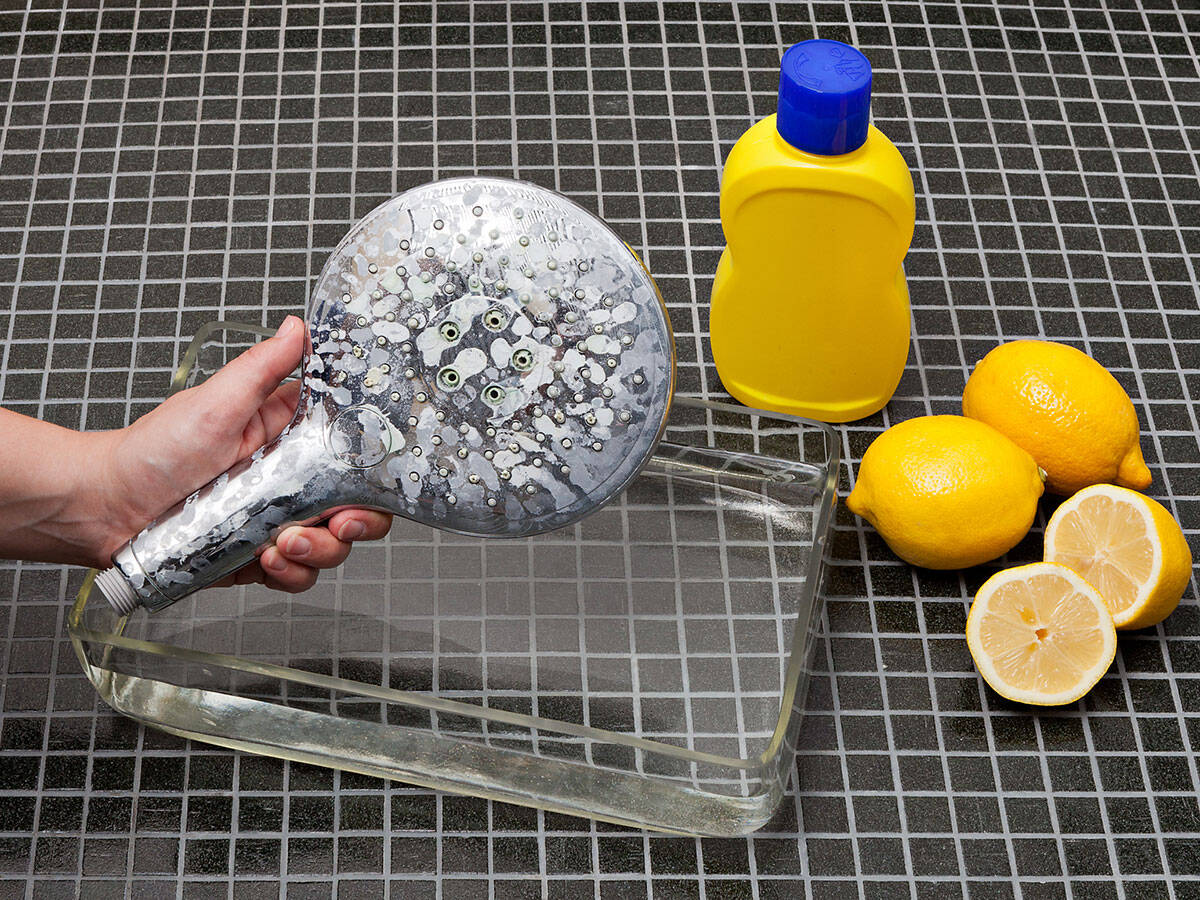

Articles
How To Clean Limescale From The Showerhead
Modified: January 6, 2024
Learn effective techniques and methods on how to remove stubborn limescale buildup from your showerhead with our insightful articles. Enhance your bathroom cleaning routine today!
(Many of the links in this article redirect to a specific reviewed product. Your purchase of these products through affiliate links helps to generate commission for Storables.com, at no extra cost. Learn more)
Introduction
Have you ever noticed a white, crusty deposit on your showerhead? That stubborn substance is limescale, and it can be a real headache to deal with. Limescale buildup not only looks unsightly, but it can also affect the performance of your showerhead, causing reduced water flow and even clogging over time. If left untreated, limescale can lead to expensive repairs or the need to replace your showerhead altogether.
But fret not! In this guide, we will take you through the process of cleaning limescale from your showerhead, ensuring its optimal performance and extending its lifespan. We will delve into the causes and signs of limescale buildup, discuss the importance of regular cleaning, and provide you with step-by-step instructions on how to effectively remove limescale from your showerhead. Plus, we will also share some alternative methods and preventive measures to keep your showerhead free from limescale.
So, let’s dive in and learn how to restore your showerhead to its former glory!
Key Takeaways:
- Regularly cleaning limescale from your showerhead not only improves its appearance but also ensures optimal water flow, water pressure, and overall performance, extending its lifespan and providing an enjoyable shower experience.
- Implementing preventive measures such as using water softeners, wiping the showerhead regularly, and periodically soaking it in vinegar can significantly reduce the occurrence of limescale deposits, maintaining the optimal functionality of your showerhead for a longer period.
Understanding Limescale
Limescale, also known as calcium carbonate, is a hard, chalky deposit that forms when hard water containing high levels of minerals, such as calcium and magnesium, evaporates. Hard water is a common issue in many households, especially in areas with high mineral content in their water supply.
When water evaporates, the minerals in it are left behind and gradually accumulate over time, forming limescale deposits. These deposits can be found on various surfaces, including showerheads, faucets, and even inside pipes and appliances.
Limescale not only affects the appearance of your fixtures but can also impact their functionality. It can lead to reduced water flow, blockages, and even cause the showerhead to spray water in different directions. In addition, limescale buildup can also result in decreased water pressure, which can make your showers less enjoyable.
It’s important to note that limescale buildup is a gradual process, and the severity of the problem depends on the hardness of your water and the frequency of use. Regular cleaning and maintenance can help prevent the formation of limescale and keep your showerhead performing optimally.
Now that we have a good understanding of limescale, let’s explore the signs that indicate limescale buildup in your showerhead.
Signs of Limescale Buildup
Identifying the signs of limescale buildup in your showerhead is crucial in order to address the problem before it worsens. Here are some common signs that indicate the presence of limescale:
- Reduced Water Flow: One of the first signs of limescale buildup is a decrease in water flow from your showerhead. As limescale accumulates, it can clog the small openings in the showerhead, restricting the water flow.
- Uneven Spray Patterns: If you notice that the water from your showerhead is spraying in different directions rather than providing a consistent and even spray, limescale could be the culprit. The deposits can disrupt the flow of water and cause the spray to become erratic.
- Discolored or Stained Showerhead: Limescale deposits often appear as white or yellowish crusty residues on the surface of your showerhead. If you notice that your showerhead has discolored or stained areas, it is likely a result of limescale buildup.
- Difficulty Adjusting Water Temperature: Limescale can affect the functionality of the showerhead’s internal components, making it difficult to adjust the water temperature. If you find it challenging to achieve your desired water temperature, limescale could be to blame.
- Noticeable Buildup on Showerhead Nozzles: Take a closer look at the nozzles or spray holes of your showerhead. If you see a crusty or chalky buildup, it’s an indication that limescale has started to accumulate.
If you observe any of these signs, it’s a clear indication that limescale has built up in your showerhead. Fortunately, with the right cleaning techniques, you can effectively remove these deposits and restore your showerhead’s performance.
In the next section, we will discuss the importance of cleaning limescale from showerheads and how it can benefit you in the long run.
Importance of Cleaning Limescale from Showerheads
Regularly cleaning limescale from your showerhead is not just a matter of aesthetics; it’s also essential for the optimal functioning of your showerhead and your overall shower experience. Here are a few key reasons why cleaning limescale from showerheads is important:
- Improved Water Flow: Limescale buildup restricts the flow of water through the small openings in the showerhead. By removing these deposits, you can restore the water flow and ensure that you’re getting a steady and consistent stream of water during your showers.
- Enhanced Water Pressure: Limescale deposits can also lead to a decrease in water pressure. By cleaning the showerhead and removing limescale, you can boost the pressure and enjoy a more invigorating showering experience.
- Prevention of Clogs: Over time, limescale deposits can accumulate and eventually cause blockages in your showerhead. This can result in uneven spray patterns, reduced water flow, or even complete blockage of water. Regular cleaning helps prevent these clogs and ensures that your showerhead functions optimally.
- Extended Lifespan: By maintaining a clean showerhead, you can extend its lifespan. Limescale buildup can damage the internal components of the showerhead over time, leading to leaks or malfunctions. Proper cleaning prevents the need for costly repairs or premature replacement of the showerhead.
- Health and Hygiene: Limescale deposits can harbor bacteria and other pathogens, which can negatively impact your health. Regularly cleaning your showerhead eliminates these potential health risks and promotes a hygienic showering environment.
By prioritizing the cleaning of limescale from your showerhead, you can achieve a consistently enjoyable and efficient showering experience while also prolonging the life of your showerhead. So, let’s move on to the next section, where we will list the materials you’ll need to clean limescale from your showerhead.
Materials Required for Cleaning
Before you begin the process of cleaning limescale from your showerhead, it’s essential to gather the necessary materials. Here’s a list of items you’ll need:
- Vinegar: White vinegar is a highly effective natural cleaner that can dissolve limescale deposits. It’s readily available and affordable.
- Water: You’ll need water to create a vinegar solution and rinse off the showerhead.
- A Bowl or Bucket: A bowl or bucket large enough to submerge the showerhead is necessary for soaking.
- An Old Toothbrush: An old toothbrush with soft bristles will come in handy for scrubbing away limescale deposits.
- A Plastic Bag or Elastic Band: You’ll need a plastic bag or elastic band to secure the vinegar solution around the showerhead for deeper cleaning.
- A Cloth or Towel: A cloth or towel is required for drying the showerhead after cleaning.
These materials are commonly found in most households, making the cleaning process accessible and convenient. Once you’ve gathered these items, you’re ready to move on to the next section, where we’ll provide you with a step-by-step guide on how to clean limescale from your showerhead effectively.
Soak the showerhead in a mixture of equal parts water and white vinegar for at least 30 minutes. Then, use a toothbrush to scrub away any remaining limescale. Rinse thoroughly before reattaching.
Read more: How To Remove Limescale From Toilet
Step-by-Step Guide to Clean Limescale from Showerhead
Now that you have the necessary materials, let’s dive into the step-by-step process of cleaning limescale from your showerhead. Follow these instructions carefully for optimal results:
- Detach the Showerhead: Start by removing the showerhead from the shower arm. This can usually be done by unscrewing it manually, but you may need a wrench if it’s tightly screwed on.
- Create a Vinegar Solution: In a bowl or bucket, mix equal parts white vinegar and water. The quantity of the vinegar solution should be enough to completely submerge the showerhead.
- Soak the Showerhead: Place the showerhead in the vinegar solution and ensure that it is fully immersed. Allow it to soak for at least 1-2 hours. This will help dissolve the limescale deposits.
- Scrub the Showerhead: After soaking, remove the showerhead from the vinegar solution. Use an old toothbrush to scrub away any remaining limescale deposits, focusing on the nozzles and other areas where buildup is visible. Be gentle to avoid damaging the showerhead’s surface.
- Rinse Thoroughly: Rinse the showerhead with clean water to remove any vinegar residue and loosened limescale debris. Ensure that all surfaces are thoroughly rinsed to prevent lingering vinegar odors.
- Dry and Reattach: Dry the showerhead with a cloth or towel to prevent water spots and corrosion. Once dry, reattach the showerhead to the shower arm, ensuring a snug fit.
Following these steps will effectively remove limescale from your showerhead and restore its performance. However, if you prefer alternative methods for limescale removal, continue reading the next section for some additional options.
Alternative Methods for Limescale Removal
In addition to the vinegar method, there are a few alternative methods you can try to remove limescale from your showerhead. These methods may be suitable if you don’t have vinegar on hand or if you prefer to try different cleaning approaches. Here are a few options:
- Lemon Juice: Lemon juice contains citric acid, which can effectively dissolve limescale. Squeeze fresh lemon juice and apply it directly to the limescale deposits on the showerhead. Allow it to sit for a few hours or overnight before rinsing off with water.
- Baking Soda Paste: Baking soda is a mild abrasive that can help remove limescale. Create a paste by mixing baking soda with water until it forms a thick consistency. Apply the paste to the limescale deposits and let it sit for a few hours before scrubbing with an old toothbrush. Rinse thoroughly with water.
- Commercial Limescale Removers: There are various commercial limescale removers available on the market. Follow the instructions provided by the manufacturer for the best results. Be sure to use these products in a well-ventilated area and take necessary safety precautions.
Remember, regardless of the method you choose, it’s important to follow the steps carefully, especially when scrubbing the showerhead to avoid damaging its surface or components. Additionally, always rinse thoroughly with water after using any cleaning solution to ensure it’s completely removed.
Now that you have learned about alternative methods for limescale removal, let’s move on to the next section, where we will discuss preventive measures to avoid limescale buildup in showerheads.
Preventing Limescale Buildup in Showerheads
Preventing limescale buildup in your showerhead is the key to maintaining its optimal performance and reducing the need for frequent cleaning. By implementing these preventive measures, you can minimize the occurrence of limescale deposits:
- Use a Water Softener: Consider installing a water softener or a water conditioner to reduce the mineral content in your water. These devices work by removing or neutralizing minerals before they reach your showerhead, preventing limescale buildup.
- Wipe the Showerhead Regularly: After each use, wipe the showerhead with a soft cloth or towel to remove any water droplets. This helps prevent water residue from drying and leaving behind mineral deposits that contribute to limescale buildup.
- Soak the Showerhead in Vinegar: As a preventive measure, you can periodically soak your showerhead in a vinegar solution, even if there is no visible limescale buildup. This helps dissolve any potential mineral deposits and keeps the nozzles clear.
- Install a Showerhead Filter: Consider using a showerhead filter designed to remove minerals and impurities from the water. This can help reduce limescale formation and improve the overall quality of your shower water.
- Regularly Clean the Showerhead: Set aside time every few months to clean your showerhead using the vinegar or alternative cleaning methods mentioned earlier. Regular cleaning prevents limescale buildup from becoming a significant issue.
By incorporating these preventive measures into your showerhead maintenance routine, you can significantly reduce the likelihood of limescale buildup and maintain the optimal functionality of your showerhead for a longer period.
Now that you understand how to prevent limescale buildup, let’s wrap up this article.
Conclusion
Limescale buildup on showerheads can be a frustrating problem, but with the right knowledge and techniques, it can be effectively addressed. Regularly cleaning limescale from your showerhead not only improves its appearance but also ensures optimal water flow, water pressure, and overall performance.
In this article, we discussed the importance of understanding limescale, identifying its signs, and the significance of regular cleaning. We provided a step-by-step guide on how to clean limescale from your showerhead using vinegar or alternative methods, along with the materials required for the cleaning process.
We also explored alternative methods, such as using lemon juice or baking soda paste, as well as commercial limescale removers. It’s essential to choose a cleaning method that best suits your preferences and the materials available to you.
Moreover, we emphasized the importance of preventive measures to minimize limescale buildup in showerheads. Implementing practices like using water softeners, wiping the showerhead regularly, and periodically soaking it in vinegar can significantly reduce the occurrence of limescale deposits.
By following the guidelines provided in this article, you will be able to effectively clean limescale from your showerhead and prevent future buildup, improving water flow, water pressure, and extending the lifespan of your showerhead.
Remember to regularly maintain and clean your showerhead to ensure a pleasant and invigorating shower experience. With a little effort and care, your showerhead will shine like new, providing you with enjoyable showers for years to come!
Frequently Asked Questions about How To Clean Limescale From The Showerhead
Was this page helpful?
At Storables.com, we guarantee accurate and reliable information. Our content, validated by Expert Board Contributors, is crafted following stringent Editorial Policies. We're committed to providing you with well-researched, expert-backed insights for all your informational needs.
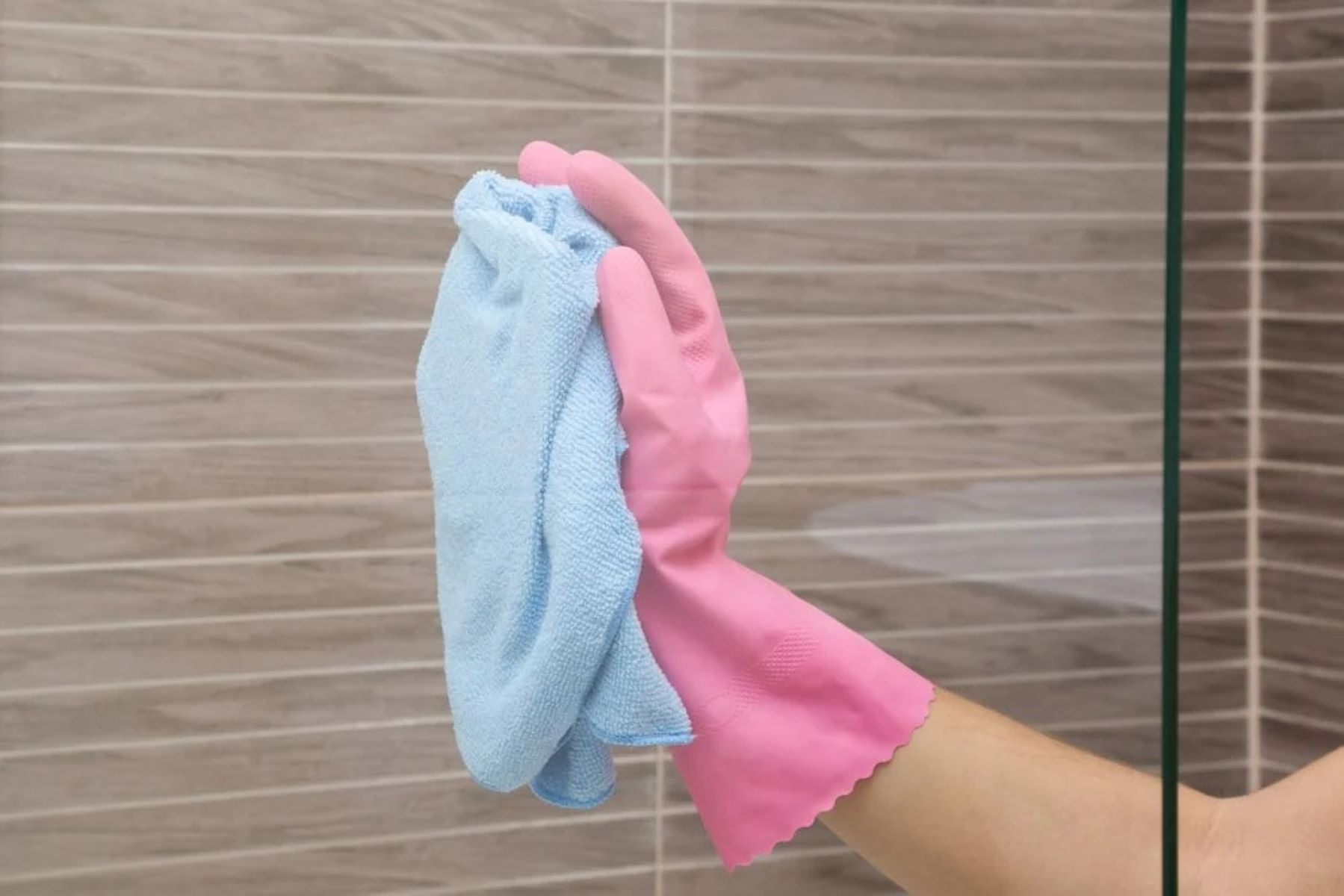
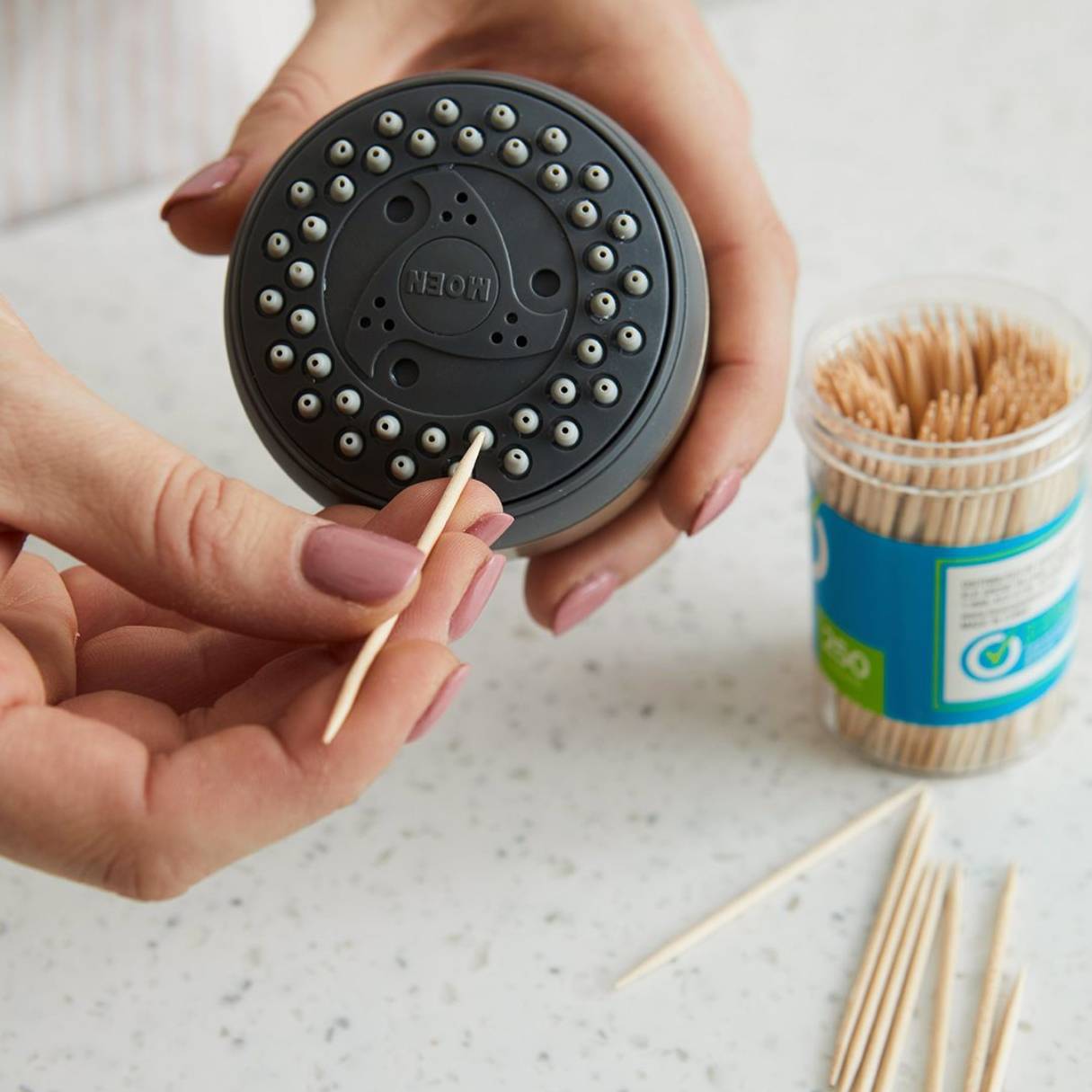
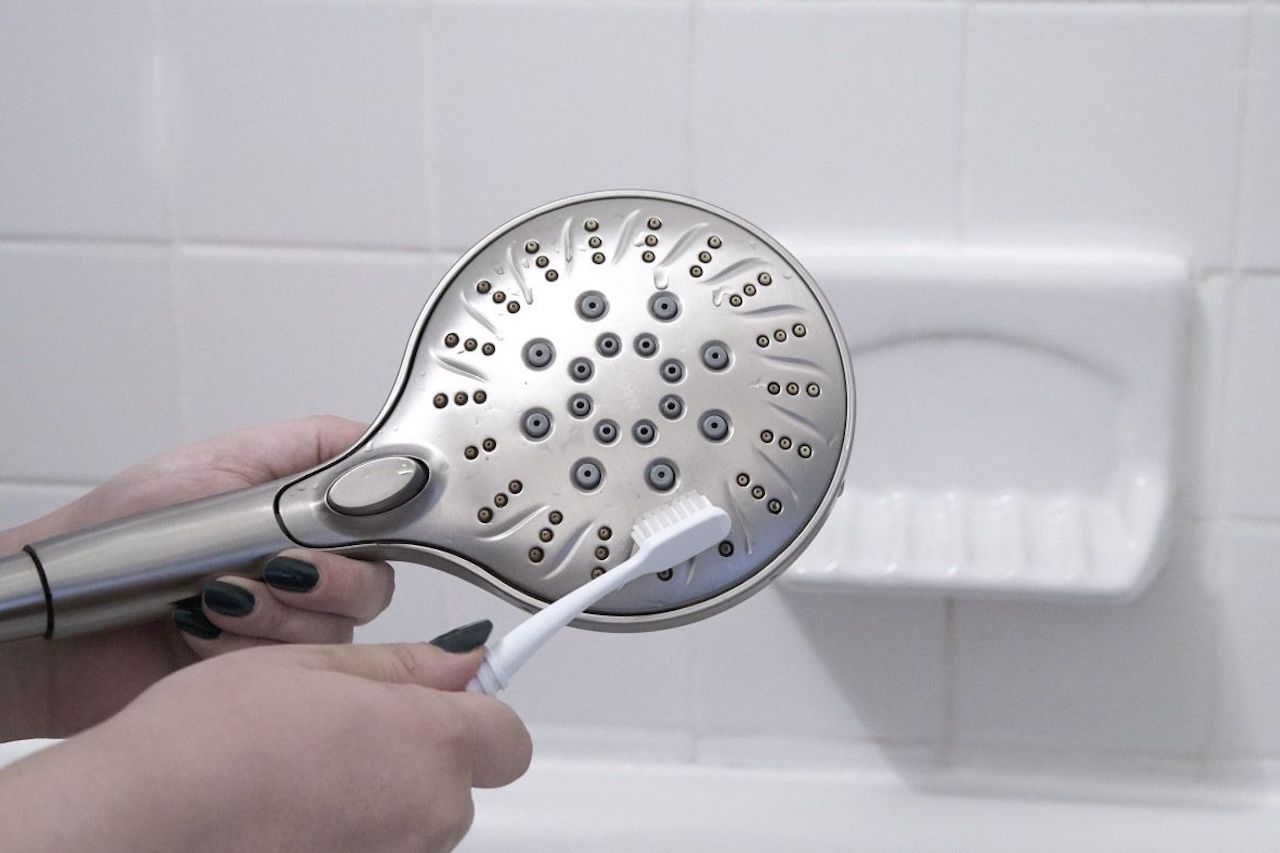
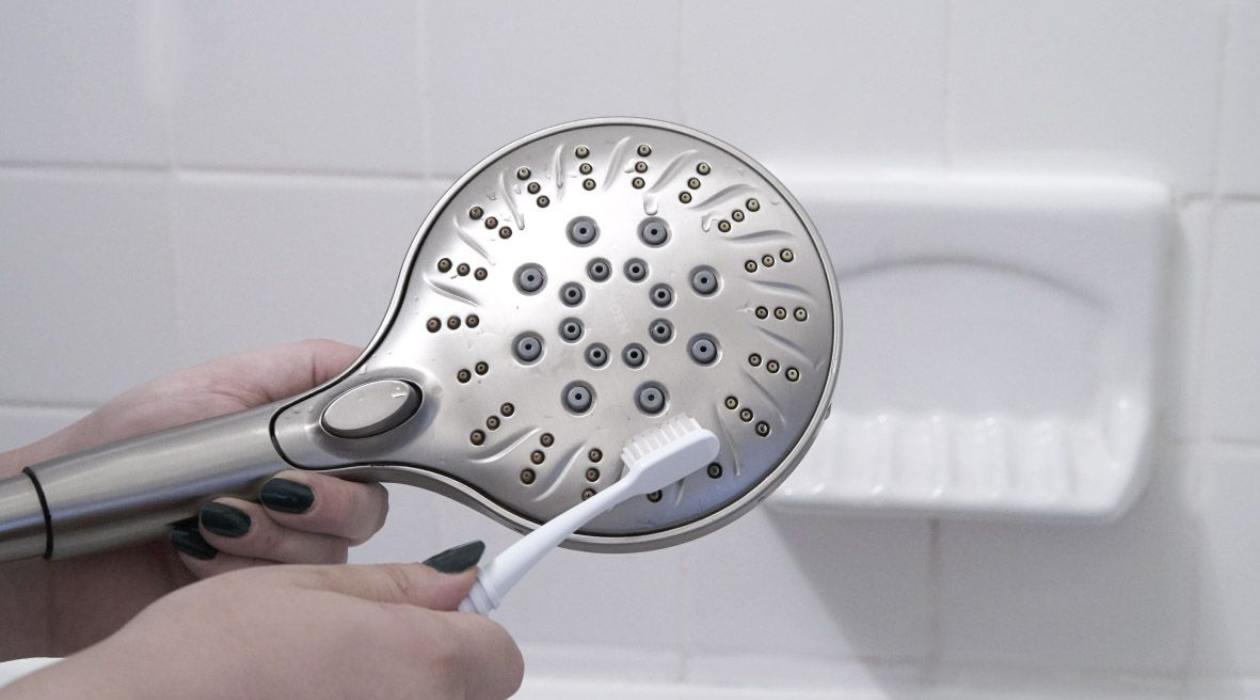
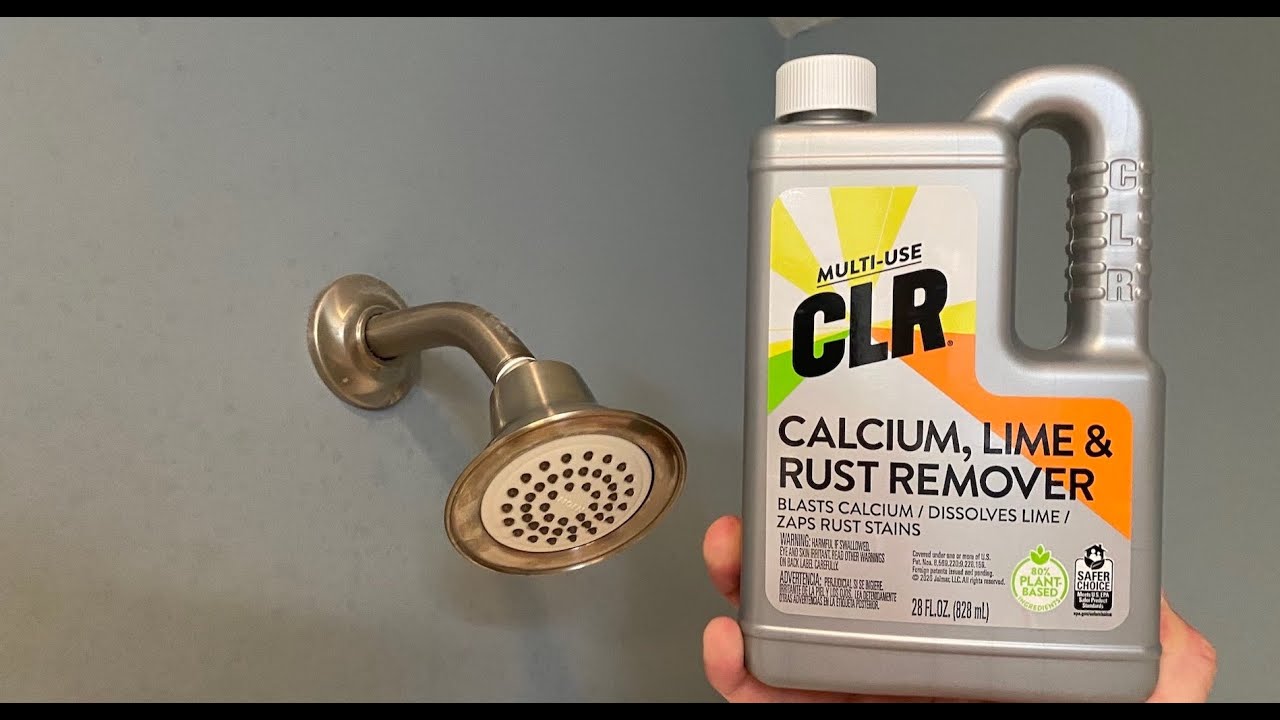
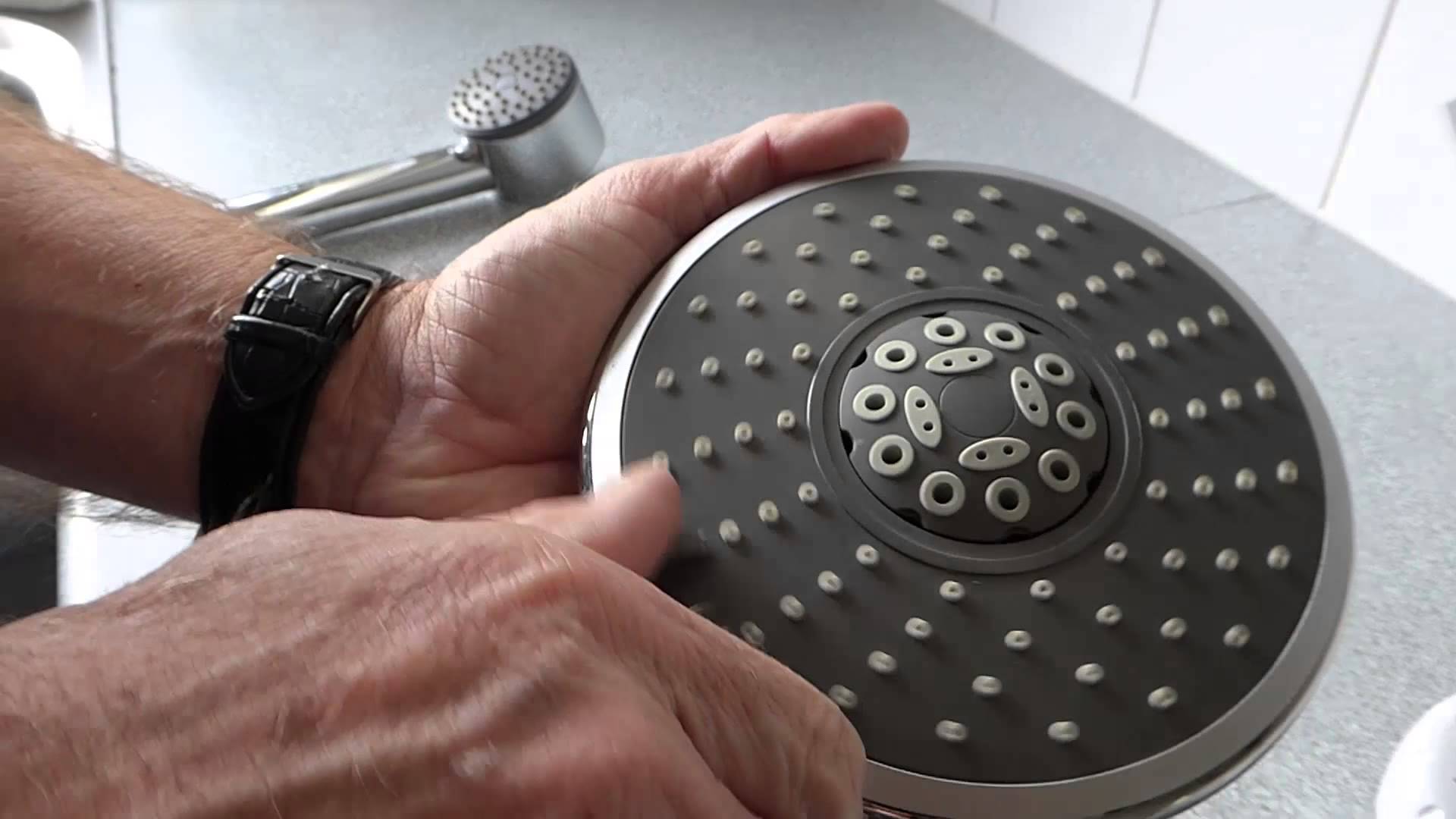
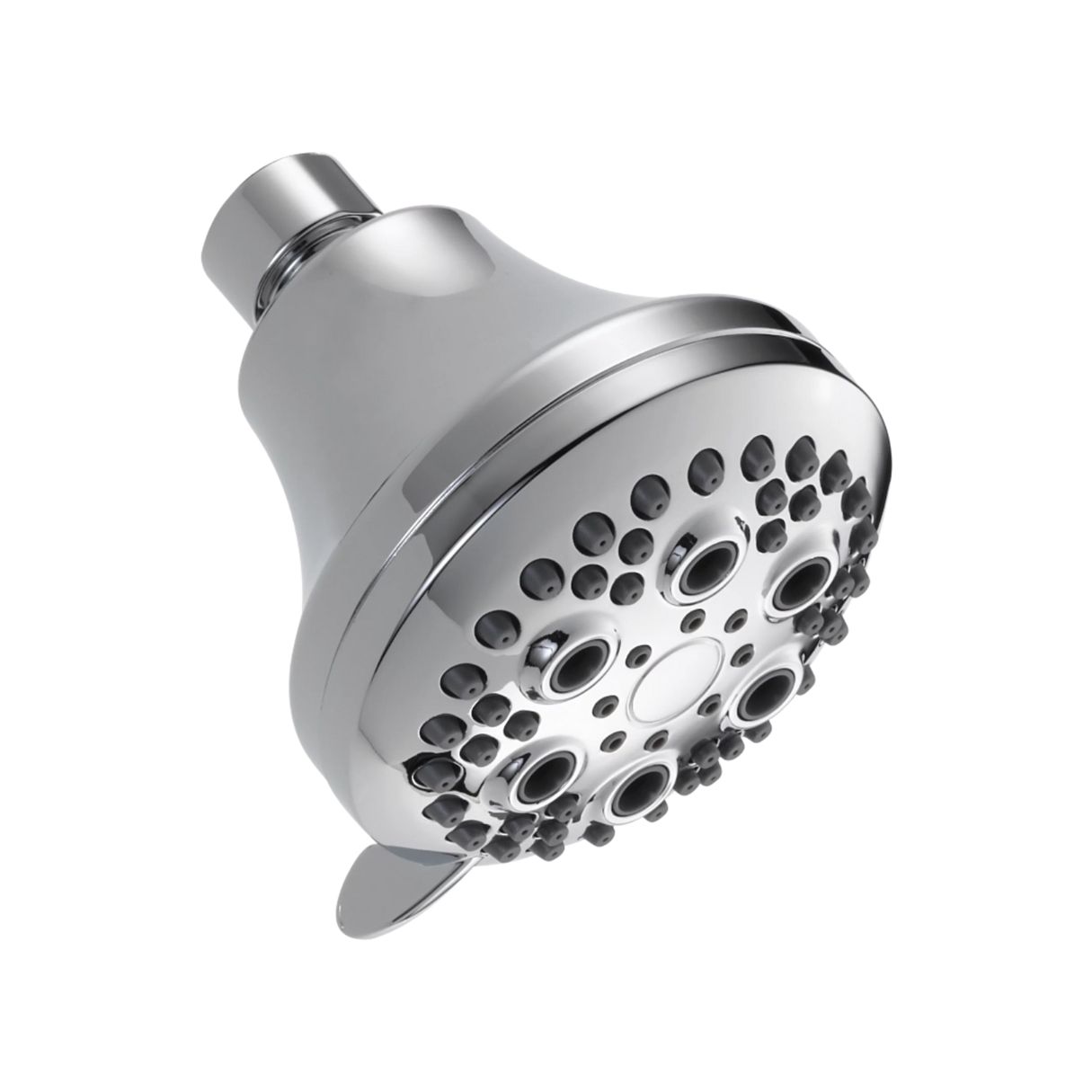
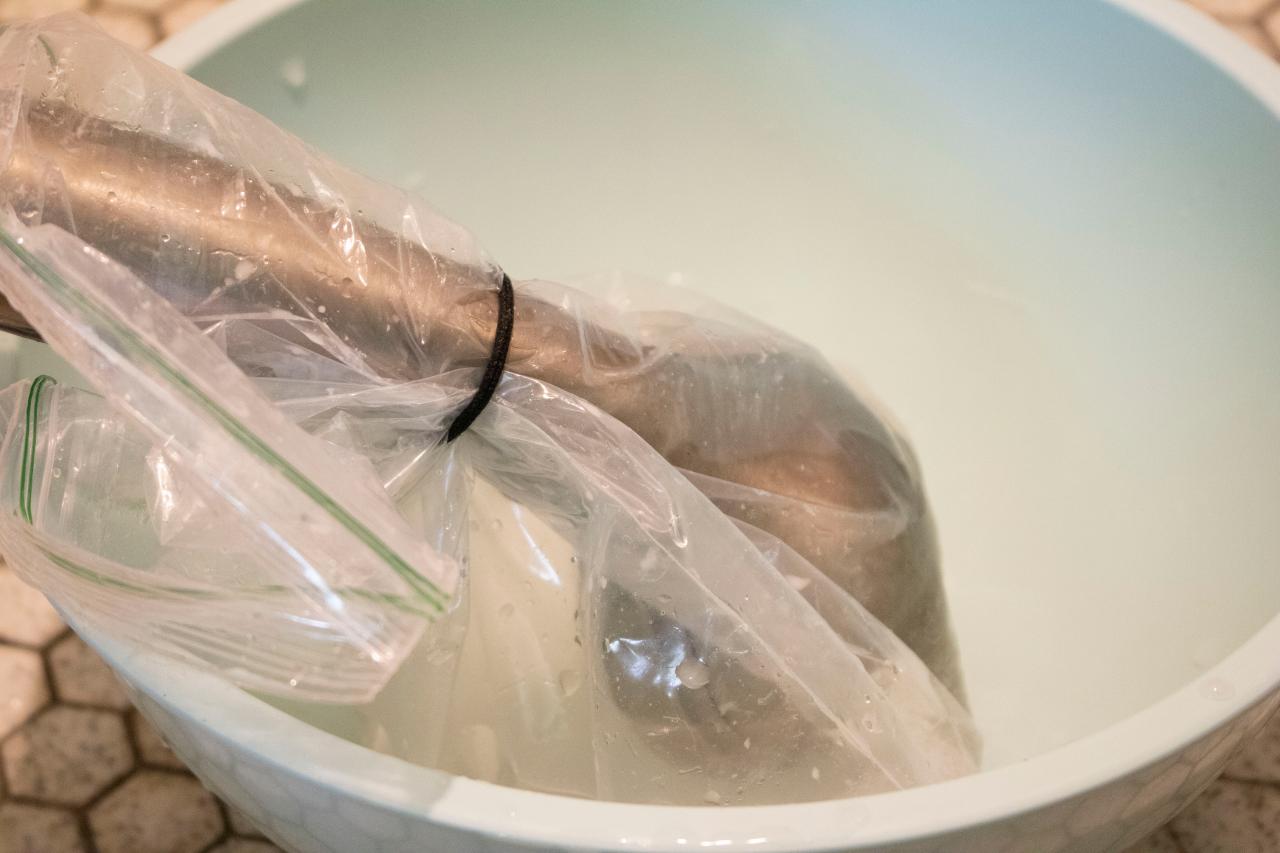
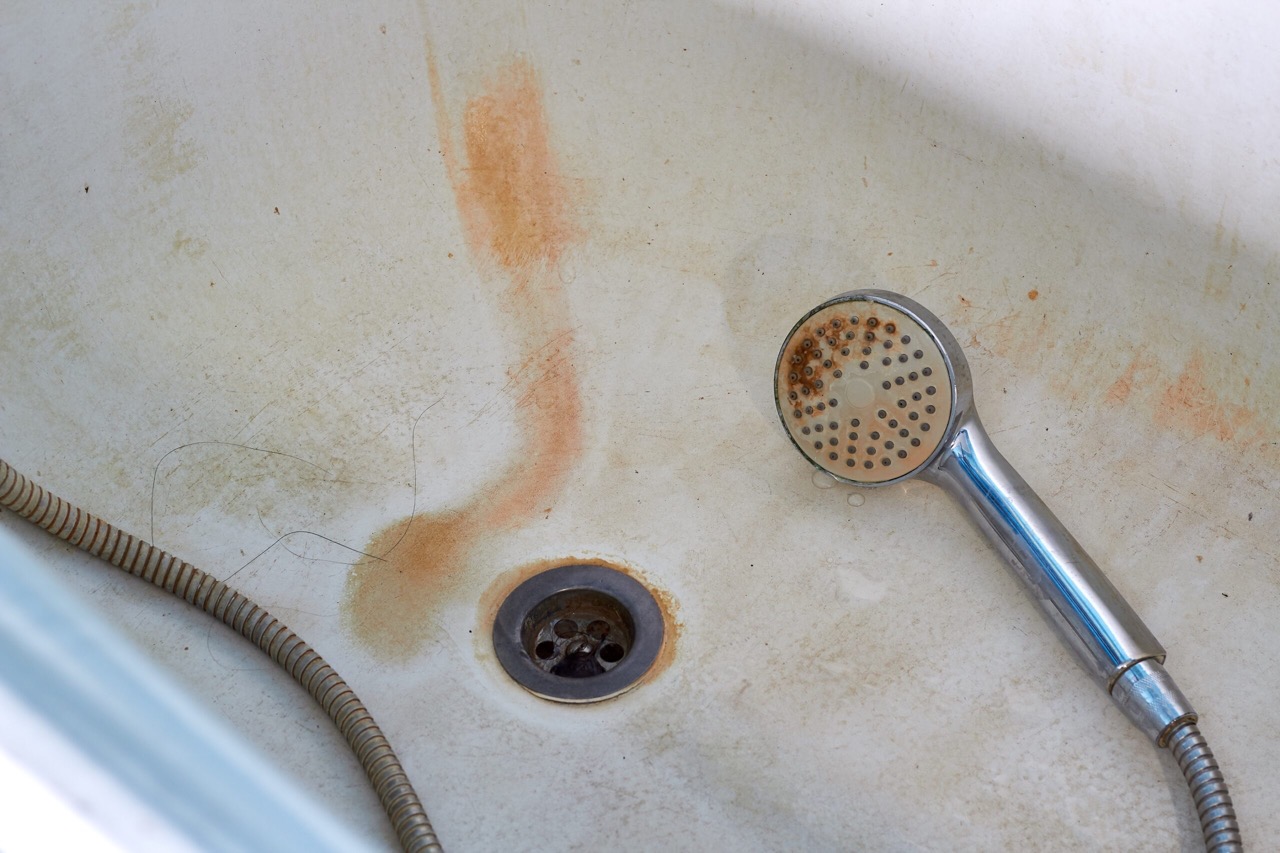
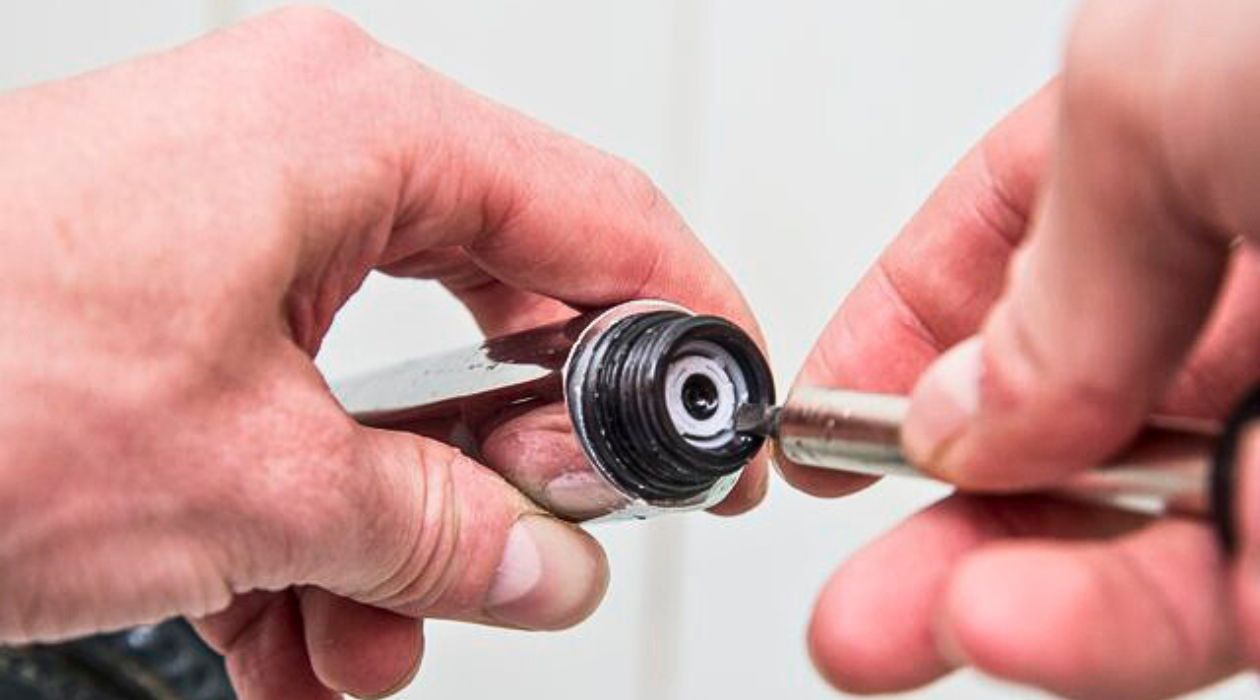
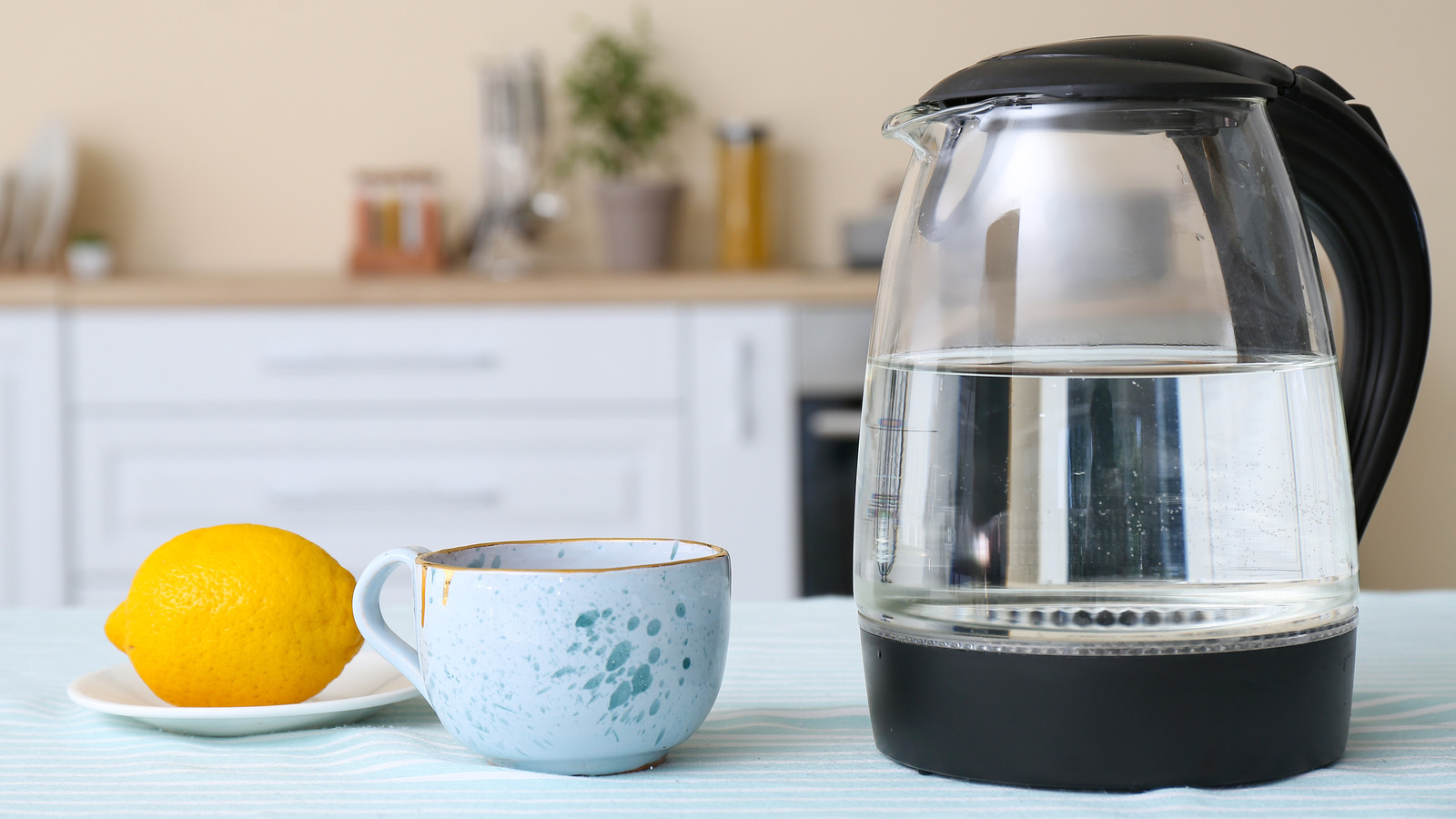
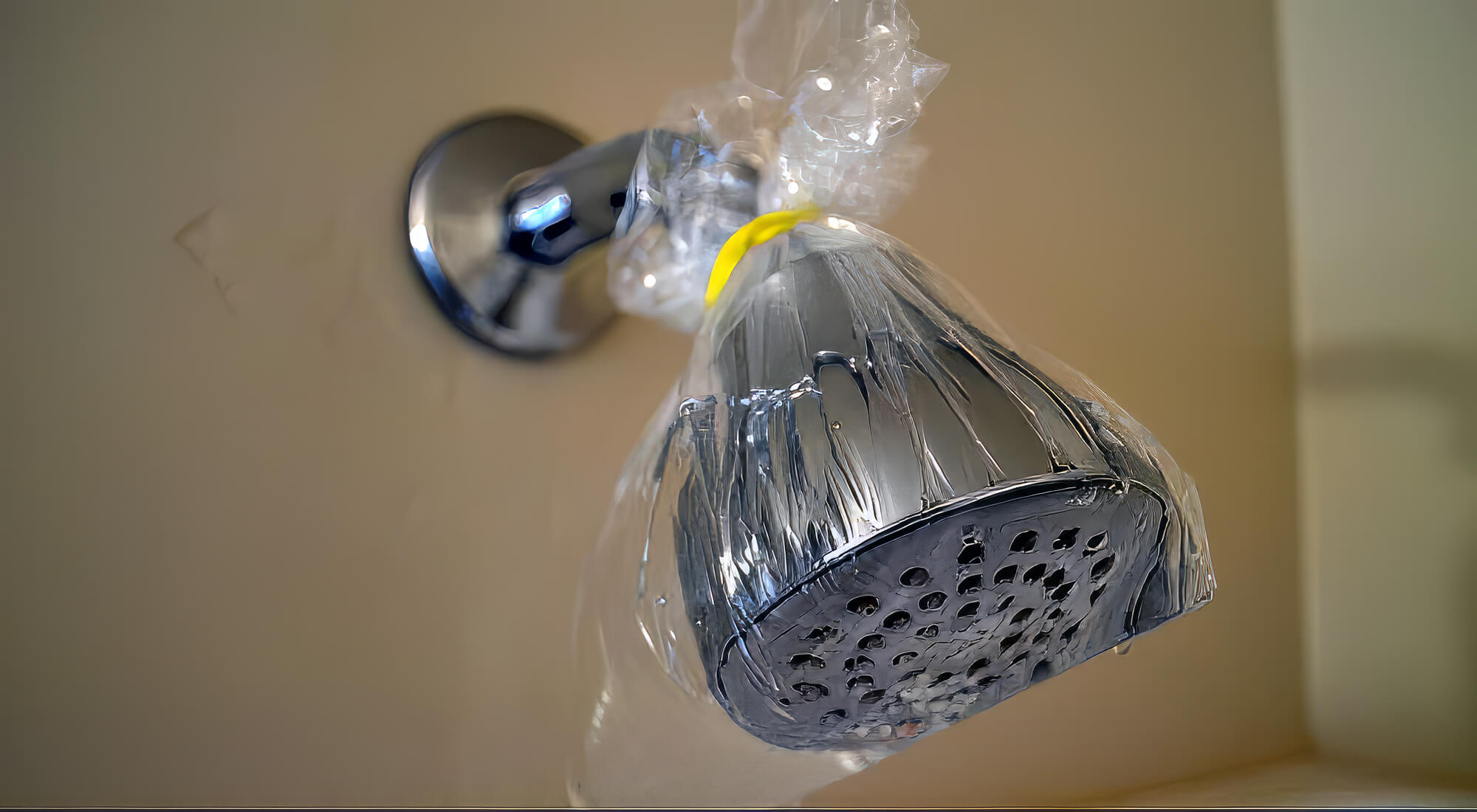
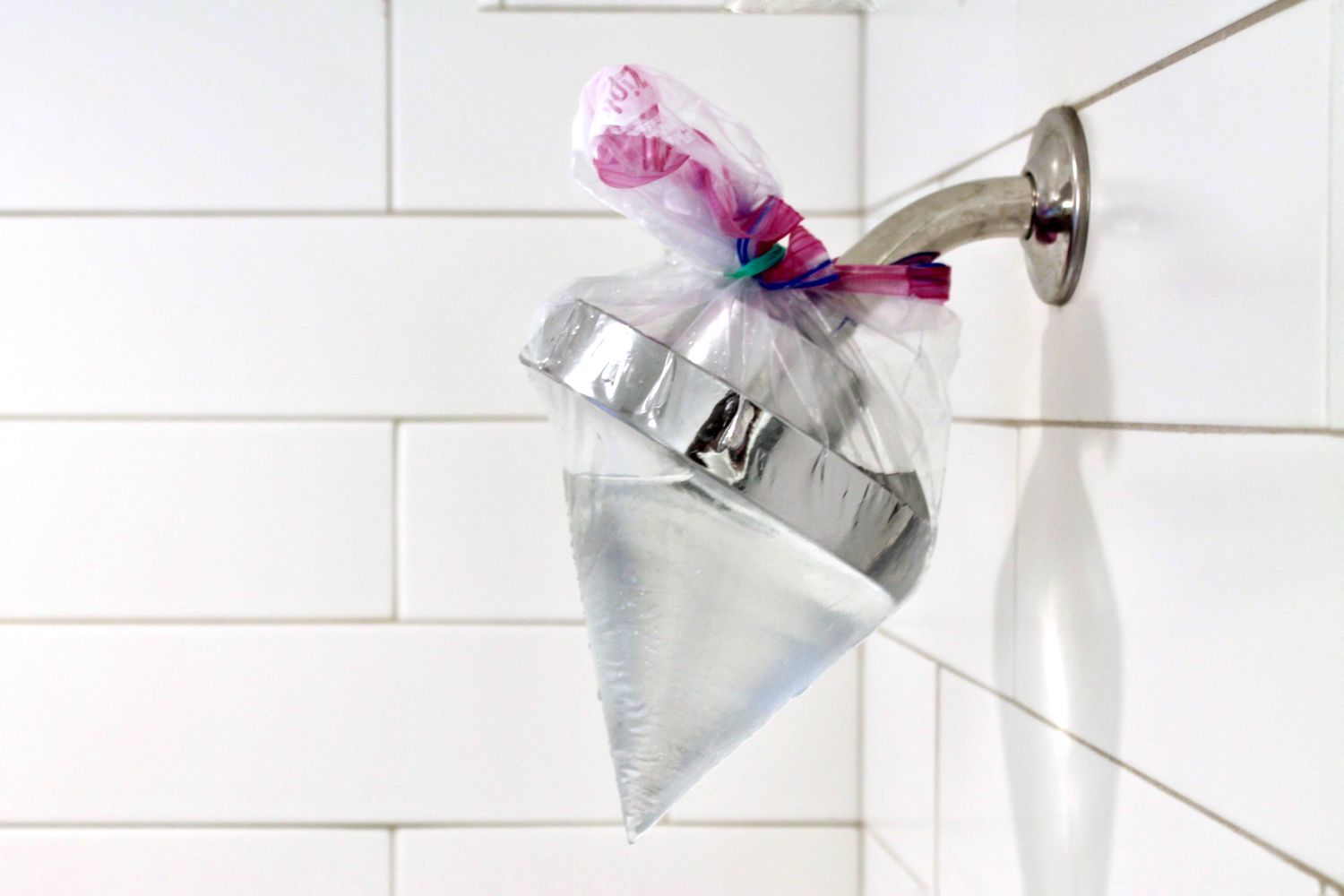
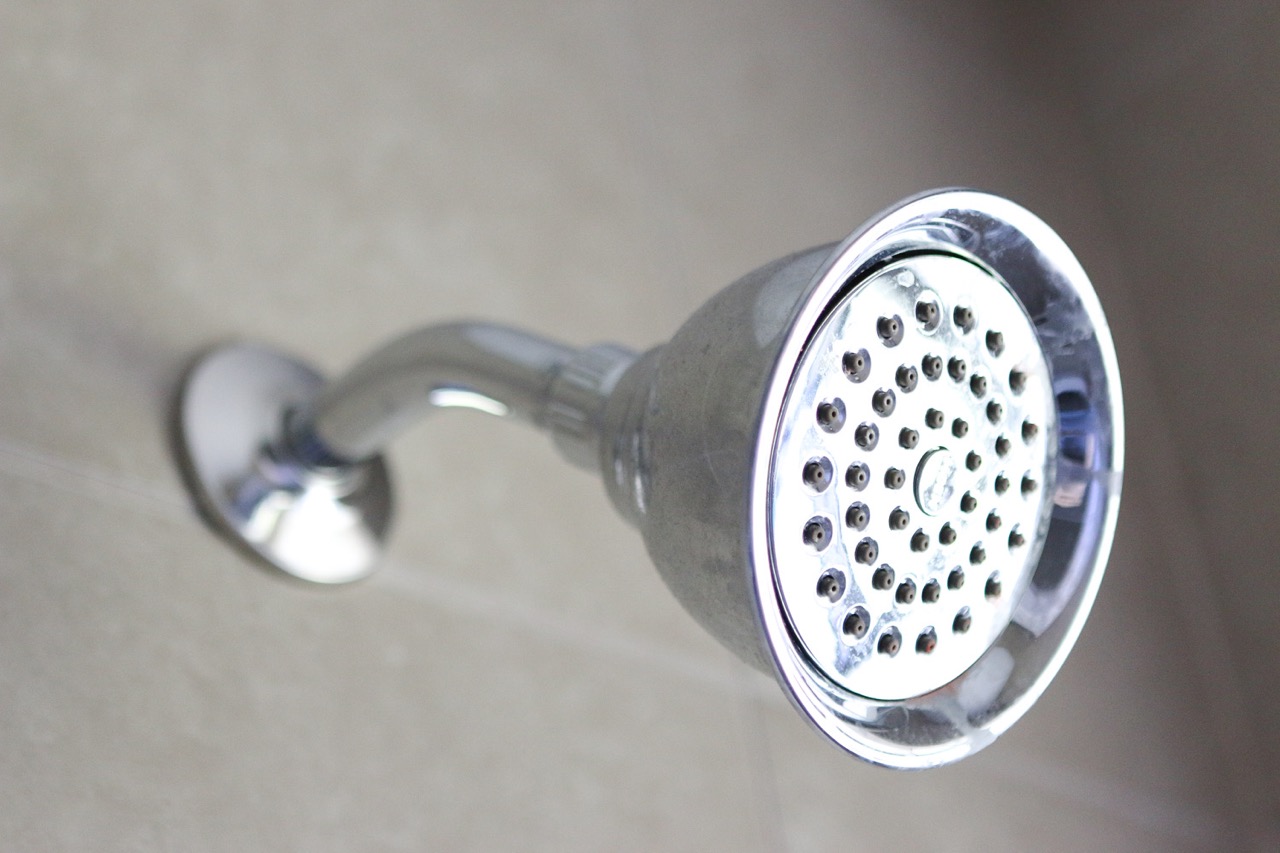

0 thoughts on “How To Clean Limescale From The Showerhead”